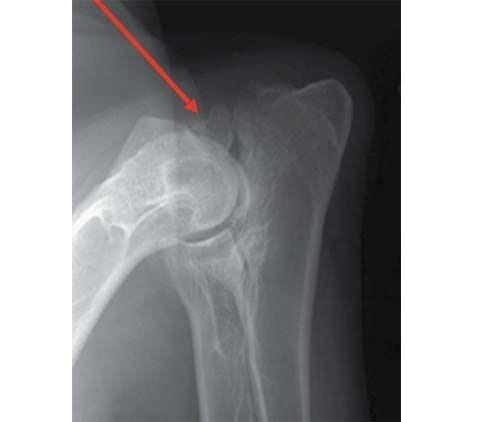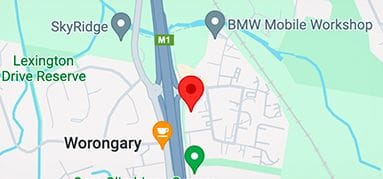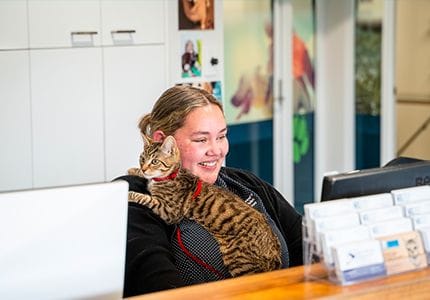Elbow dysplasia refers to a group of conditions causing lameness (limping) in the front legs of dogs. Affected dogs are born with normal elbows but develop problems with the bone structure or cartilage as they grow due to abnormal bone development or uneven application of pressure to particular parts of the elbow joint. These conditions include fragmentation of the medial coronoid process of the ulna (FMCP), Ununited anconeal process (UAP), and Osteochondritis Dissecans of the humeral trochlea (OCD). Incongruity of the elbow may also be a component of the disease - this is where the bone structure of the elbow has developed abnormally and an abnormal step or gap is present between the bones. Elbow dysplasia frequently leads to osteoarthritis in affected joints and treatment is aimed at reducing the severity and progression of this. Typically affected breeds are large to giant breeds, but smaller breeds are sporadically affected.
SYMPTOMS
Symptoms of elbow dysplasia typically refer to lameness (limping) in one or both front legs. The severity of the symptoms is variable and ranges between mild, intermittent lameness and unremitting lameness that is poorly responsive to pain medication. Affected dogs frequently have effusion (swelling) of the elbow joint and pain on joint manipulation or reduced joint range of motion. Muscle bulk in the fore limb is typically reduced.
DIAGNOSIS
Diagnosis of elbow dysplasia is based on a combination of physical exam findings, diagnostic imaging and joint inspection via arthroscopy. Dogs affected by elbow dysplasia have pain referable to the elbow on physical examination. Radiographs can be used to diagnose UAP and OCD, as well as most types of incongruity. Fragmented medial coronoid process cannot always be definitively diagnosed by radiography due to superimposition of the radius over the medial coronoid process of the ulna, but most dogs have secondary changes to the ulna or secondary osteoarthritis that is strongly suggestive of FMCP. Computed tomography (CT) or arthroscopy (keyhole joint inspection) can be used to confirm the diagnosis. Arthroscopy allows the best assessment of the cartilage surface of the joint while CT can give information about the bone structure.
&geometry(278x56))












